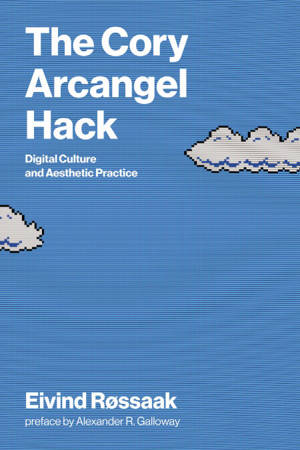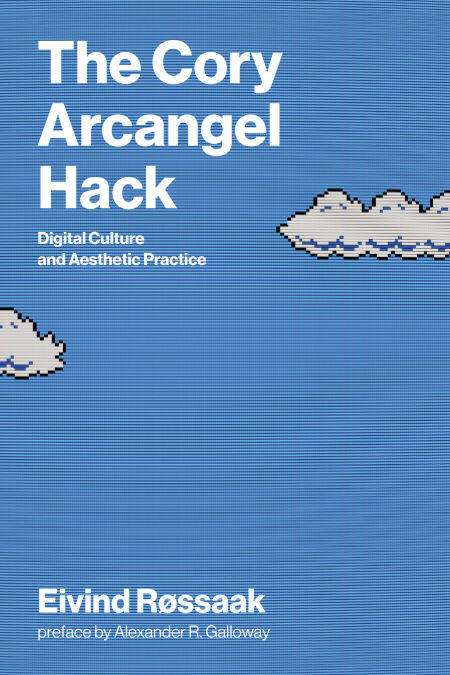
- Afhalen na 1 uur in een winkel met voorraad
- Gratis thuislevering in België vanaf € 30
- Ruim aanbod met 7 miljoen producten
- Afhalen na 1 uur in een winkel met voorraad
- Gratis thuislevering in België vanaf € 30
- Ruim aanbod met 7 miljoen producten
Zoeken
€ 44,35
+ 44 punten
Omschrijving
The first in-depth exploration of the work of artist Cory Arcangel, a pioneer of DIY-new media art whose influential “hacks” subvert the confines of Big Tech.
Cory Arcangel (b. 1978), perhaps best known for Super Mario Clouds, the most referenced artistic game hack in art history, became one of the first artists from a new generation of punk DIY-new media geeks to capture the attention of the art world.
Combining the hands-on skills from the 1990s net art scene and the 2010s post-internet art’s fondness for memes and the generic image, Arcangel demonstrated the way cultural expressions are intimately connected to media technologies and how these technologies can be pranked for cultural critique. In The Cory Arcangel Hack, Eivind Røssaak shows how Arcangel’s body of work defines a particular strain of post-conceptual art that is fundamental for understanding the digital world we live in.
Today, the question is not what comes first, humans or machines, but what the forces regulating expressive flows are. Arcangel’s aesthetic and micropolitical critique of mediation at the level of codes and chips enables us to think critically with computational articulations through specific aesthetic clashes and disjunctions, identified in the book as critical “flow-cut arrangements.” This book explores three dominant arrangements in Arcangel’s work—the flow-break hack, the flow-remix hack, and the flow-parody hack—which pinpoint areas of both creativity and concern before and after platform capitalism.
Cory Arcangel (b. 1978), perhaps best known for Super Mario Clouds, the most referenced artistic game hack in art history, became one of the first artists from a new generation of punk DIY-new media geeks to capture the attention of the art world.
Combining the hands-on skills from the 1990s net art scene and the 2010s post-internet art’s fondness for memes and the generic image, Arcangel demonstrated the way cultural expressions are intimately connected to media technologies and how these technologies can be pranked for cultural critique. In The Cory Arcangel Hack, Eivind Røssaak shows how Arcangel’s body of work defines a particular strain of post-conceptual art that is fundamental for understanding the digital world we live in.
Today, the question is not what comes first, humans or machines, but what the forces regulating expressive flows are. Arcangel’s aesthetic and micropolitical critique of mediation at the level of codes and chips enables us to think critically with computational articulations through specific aesthetic clashes and disjunctions, identified in the book as critical “flow-cut arrangements.” This book explores three dominant arrangements in Arcangel’s work—the flow-break hack, the flow-remix hack, and the flow-parody hack—which pinpoint areas of both creativity and concern before and after platform capitalism.
Specificaties
Betrokkenen
- Auteur(s):
- Uitgeverij:
Inhoud
- Aantal bladzijden:
- 274
- Taal:
- Engels
- Reeks:
Eigenschappen
- Productcode (EAN):
- 9780262383387
- Verschijningsdatum:
- 27/10/2025
- Uitvoering:
- E-book
- Beveiligd met:
- Adobe DRM
- Formaat:
- ePub

Alleen bij Standaard Boekhandel
+ 44 punten op je klantenkaart van Standaard Boekhandel
Beoordelingen
We publiceren alleen reviews die voldoen aan de voorwaarden voor reviews. Bekijk onze voorwaarden voor reviews.











